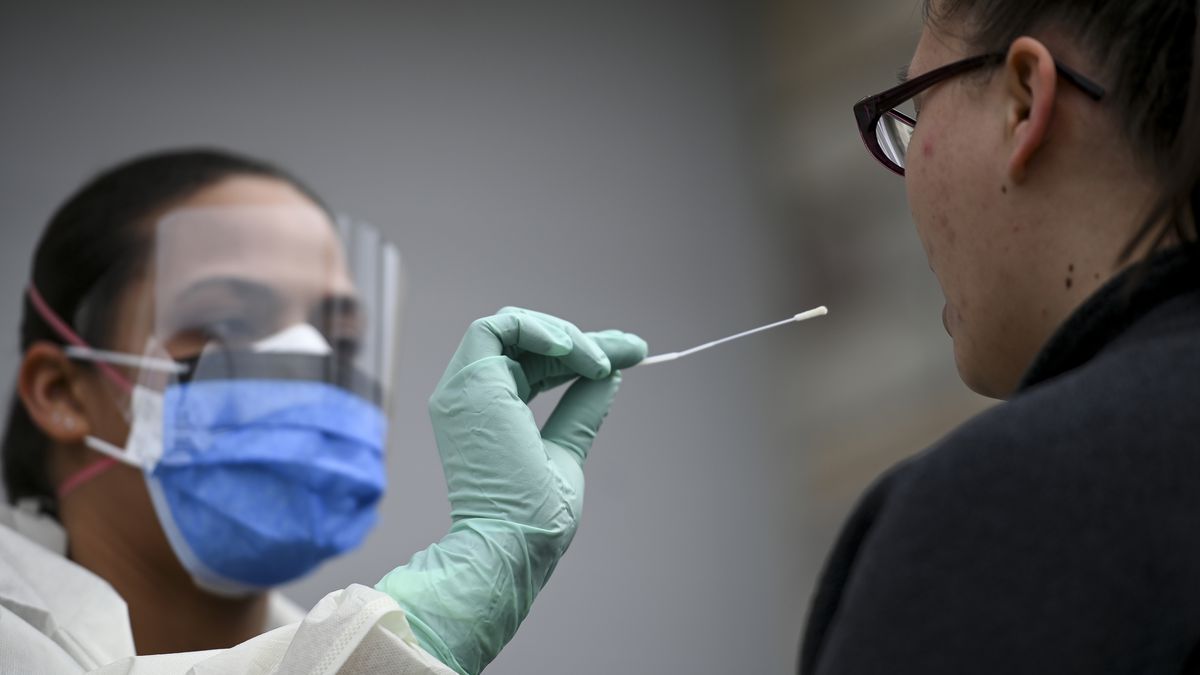What you didn’t know about symptomatic and asymptomatic COVID-19 patients
Since the outbreak of the COVID-19 pandemic, several awareness campaigns have focused on the symptoms displayed by infected persons within a period of 14 days of infection. However, further investigations reveal that some infected persons show no symptoms. This means that there would be unpredictable spread, making it hard to control. COVID-19: 61 percent of […]

Since the outbreak of the COVID-19 pandemic, several awareness campaigns have focused on the symptoms displayed by infected persons within a period of 14 days of infection.
However, further investigations reveal that some infected persons show no symptoms. This means that there would be unpredictable spread, making it hard to control.
- COVID-19: 61 percent of Nigerians infecting others don’t show symptoms — Minister
- Obaseki’s disqualification: APC should apologise to Edo people — Orbih
This development presents a scarier challenge in the fight against the pandemic.
Here are some things you should know about symptomatic and asymptomatic patients of COVID-19:
— Symptoms
- COVID-19 has many symptoms which manifest in infected persons at different levels. This is because it affects different persons in different ways.
- Most common symptoms are fever, dry cough and tiredness.
- Less common symptoms include sore throat, headache, loss of taste or smell, rashes on skin, discoloration of fingers or toes, diarrhoea, aches and pain.
- Serious symptoms include difficulty in breathing, loss of speech or movement and chest pain or pressure.
- Infected persons who show symptoms are called “symptomatic” while infected persons who do not show are called “asymptomatic”.
- United States’ Director of the National Institute of Allergy and Infectious Diseases, Dr. Anthony Fauci told ABC that 25% to 45% of infected persons likely don’t have symptoms.
—Spreading the Virus
- The US Centers for Disease Control and Prevention estimates 40% of coronavirus transmission happens before people show symptoms.
- In Nigeria, the Minister of Health, Dr Osagie Ehanire, had on Thursday in Abuja at the 42nd joint national briefing of the Presidential Task Force (PTF) on COVID-19, said that “61 percent of Nigerians infecting others don’t show symptoms”.
- He said symptomatic patients constitute 39 percent while asymptomatic patients constitute 61 percent of the proportion of confirmed cases. This according to him, may explain the initial relatively high rate of infection among even healthcare workers.
- The nature of the manifestation of the symptoms means that asymptomatic infected and pre-symptomatic infected persons could be spreading it further without knowing.
- The asymptomatic spread is the transmission of the virus by people who do not have symptoms and will never get symptoms from their infection. But those infected carriers could still get others very sick.
- The pre-symptomatic spread is the transmission of COVID-19 by people who do not show symptom but likely to develop it later. This category of infected person can infect others unknowingly.
—Treatment and protection
- The fact that there is no standing cure for COVID-19 means that treatment focuses on managing the mild symptoms at the onset.
- The treatment of symptomatic patients also focuses on application of medication that boost the immune system of the infected person to fight the virus.
- The asymptomatic patients are highly recommended to use the face mask and avoid mingling in large crowds to avert infecting others who might be symptomatic if infected.
